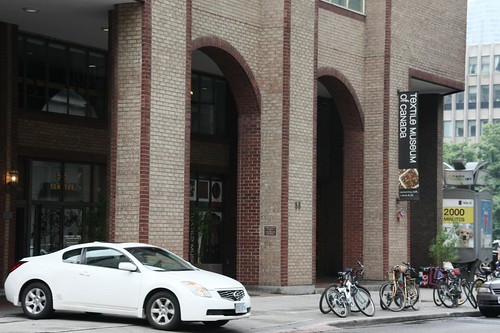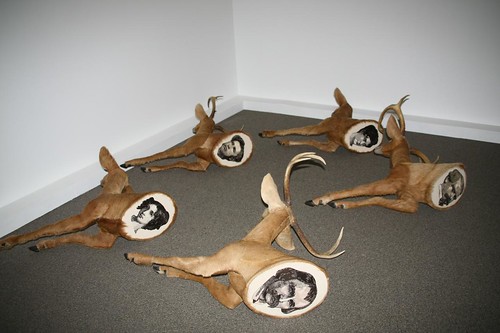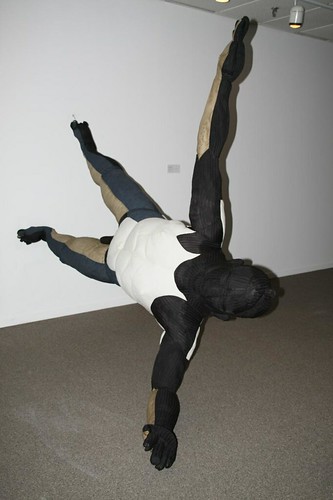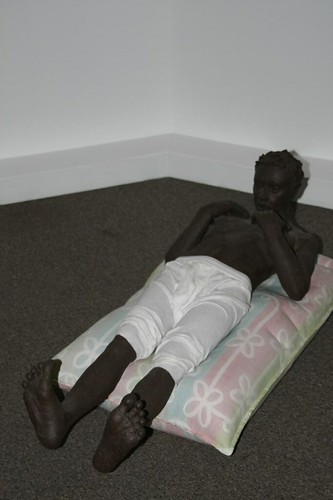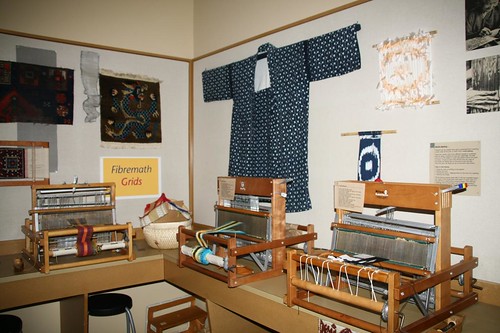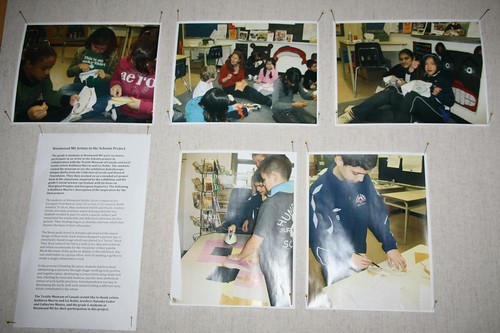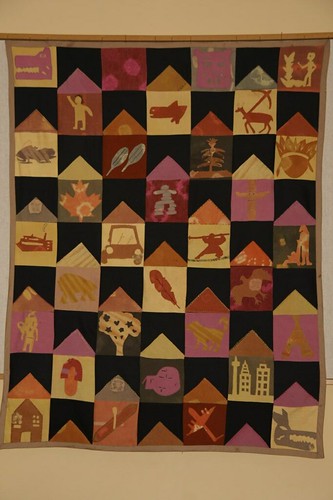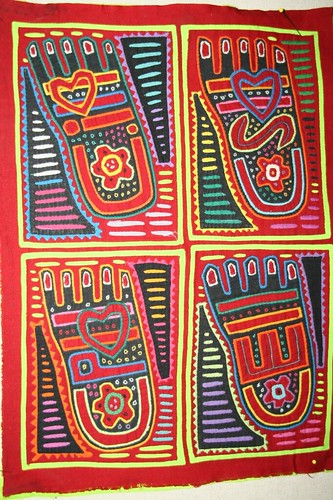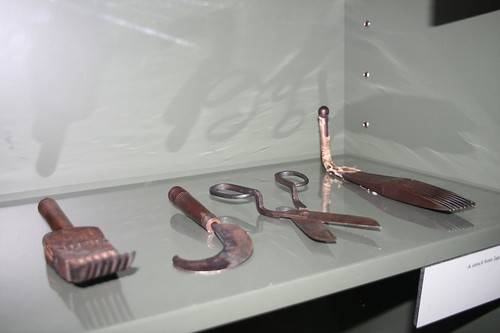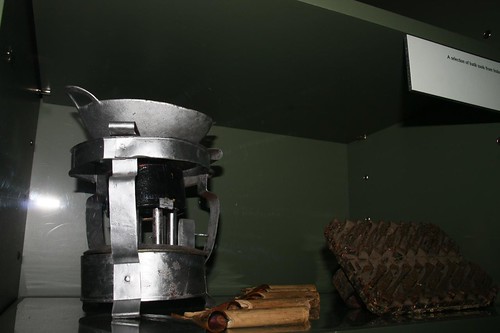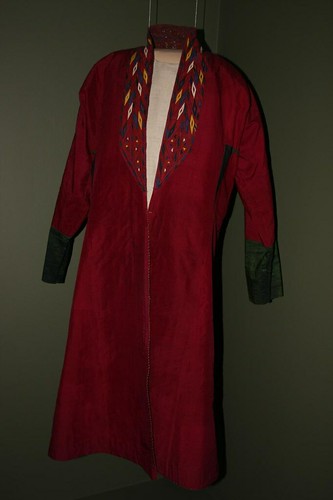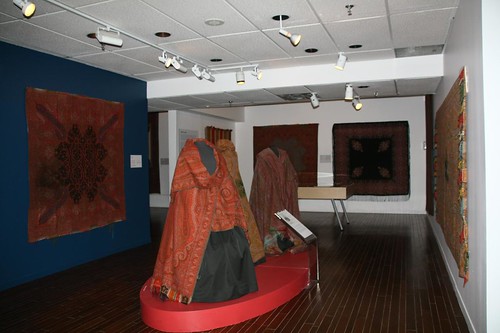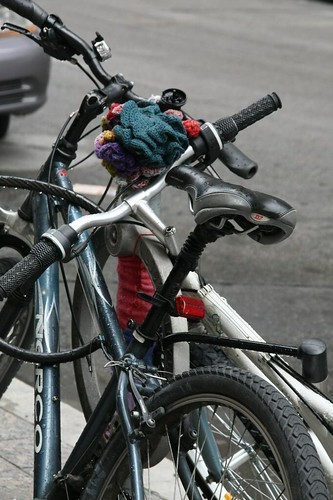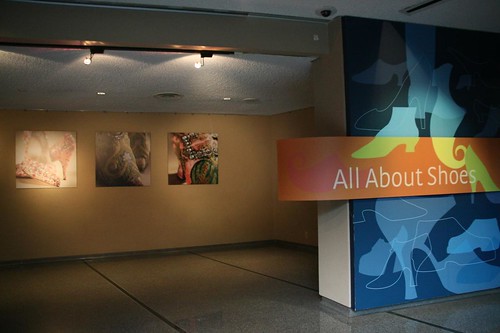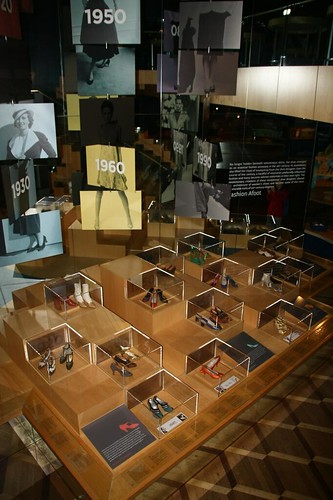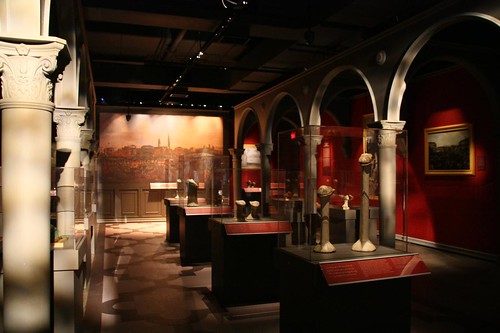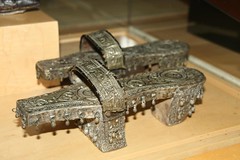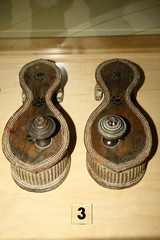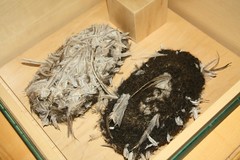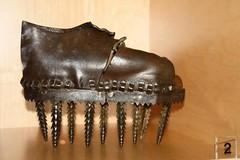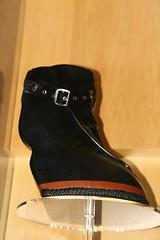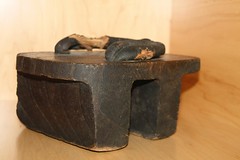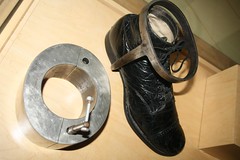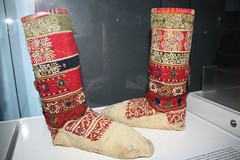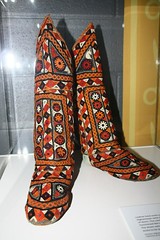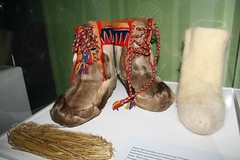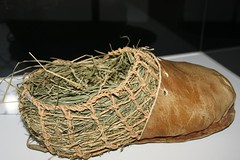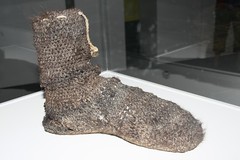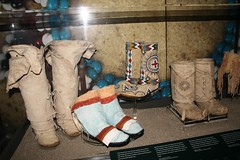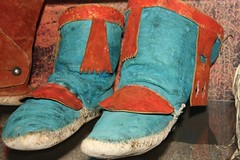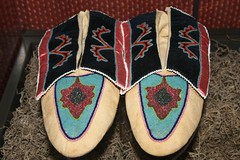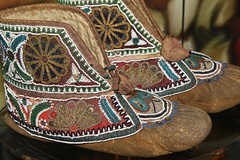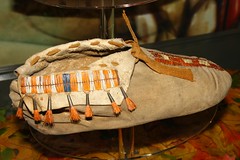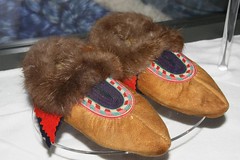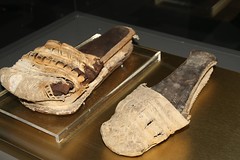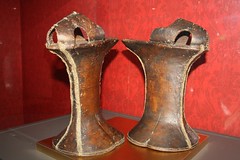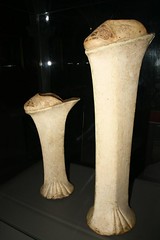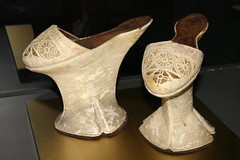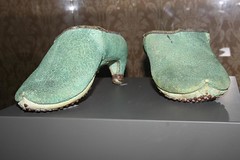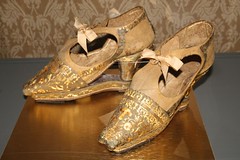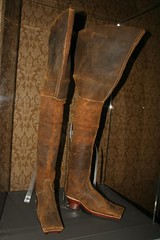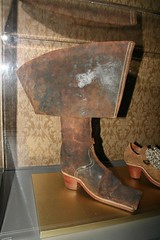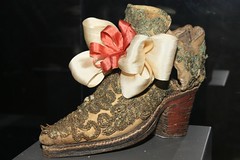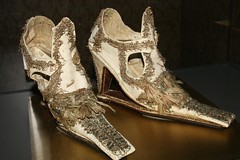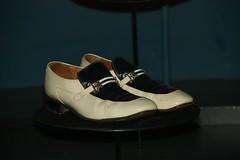When we finally got there, we had about 15 minutes left to look at the exhibitions. Still, I was happy to even have a glimpse of the galleries. The lady at the ticket booth was kind enough to advise us to head straight to the currently showing exhibitions before visiting the permanent exhibitions.
I found the exhibitions Skin & Bone by David R. Harper and Stumble by Stephen Schofield very interesting. While Lia Cook's exhibition on Faces & Mazes were on, personally, I did not find it as interesting as the other two. Both Harper and Schofield's art pieces gave an interesting edge.
I particularly liked "Gathering" by David R. Harper where he used a herd of half-sliced deers to place his hand-embroidery of Victorian-style portraits over the cross-section. His theme involves human portrait embroideries on animal skin, perhaps a portrayal of coexistence between nature and culture. In a different perspective, it looked as though the fallen deers could never forget the people who may have attacked or caused trouble to them or their home. The title, though, seem to speak of common grounds between humans and animals. Arist and writer Ingrid Mida wrote a comprehensive and interesting post on the artist and his work.
Stephen Schofield's work are of one-and-a-half-sized human forms patched together using old clothes that are treated to become taut like skin. These figures are based on Pliny the Elder’s tale of Dibutade. How the patchwork could carve out facial expressions and human posture is a real wonder. With these art pieces placed in some sort of suspension, it really does "hover between a highly spirited/spiritual realm and a dream world filled with personal reverie." as described by Curator Sarah Quinton at the exhibition overview website. I like how Art Department of New Jersey City University describe Schofield's work.

